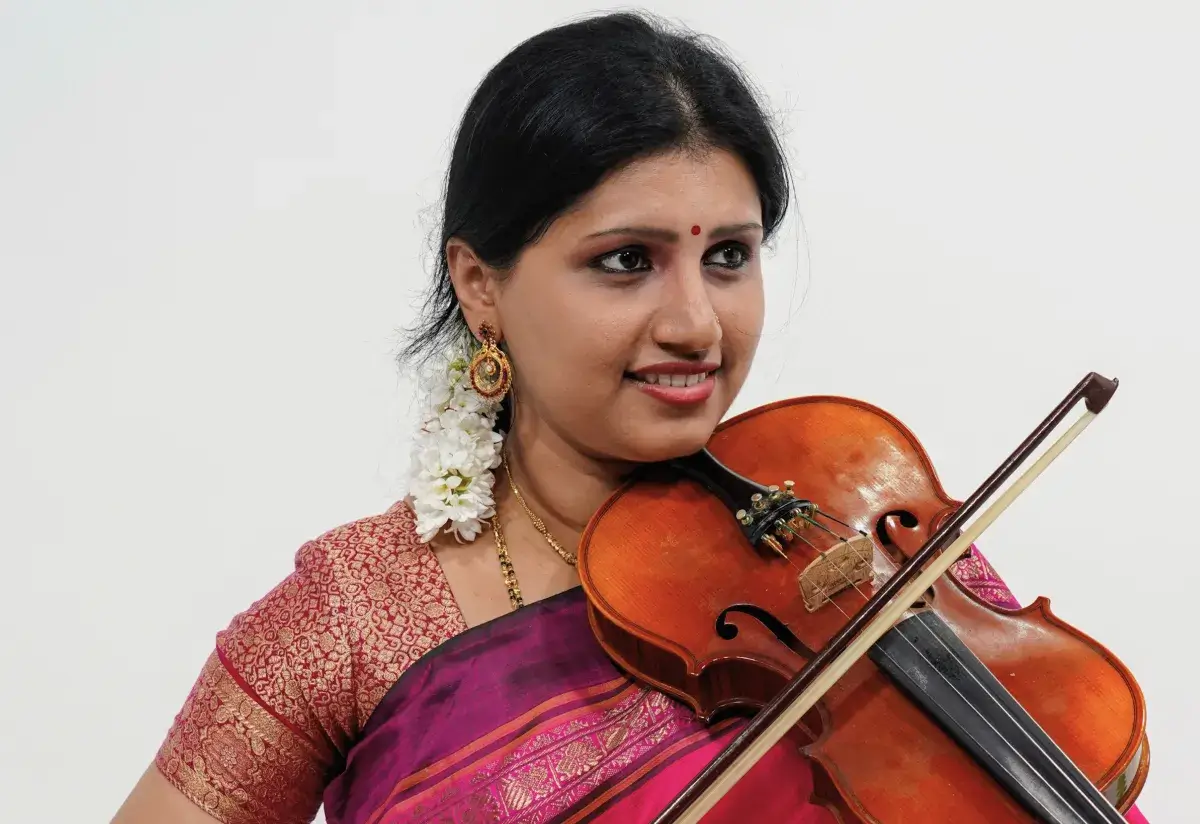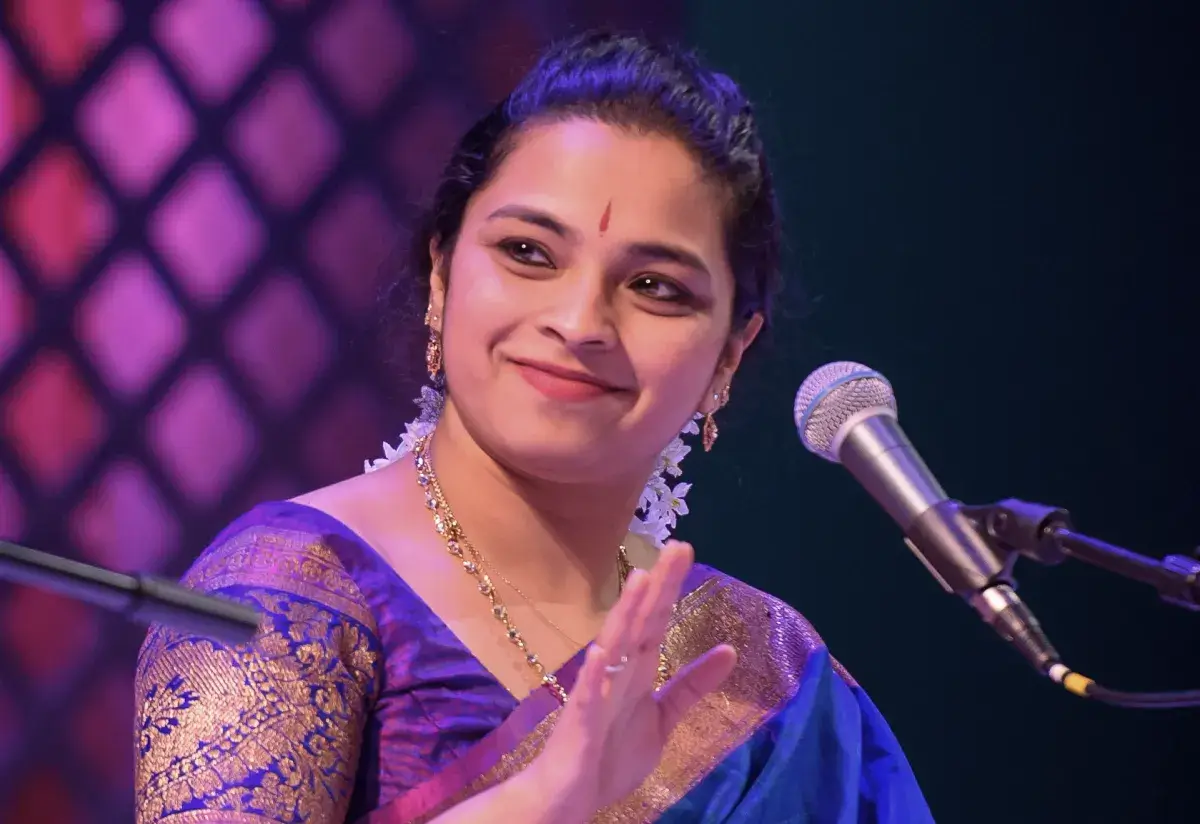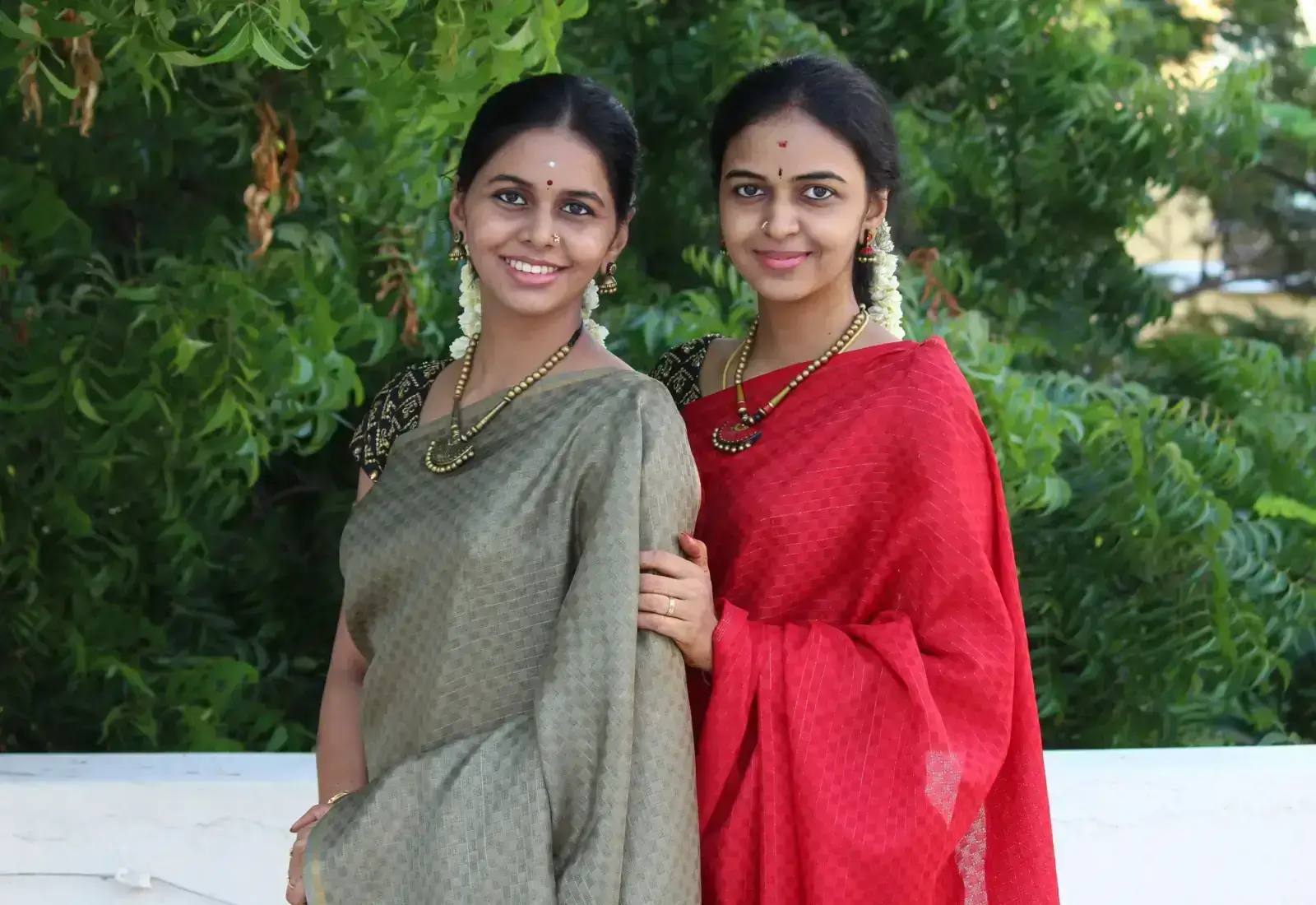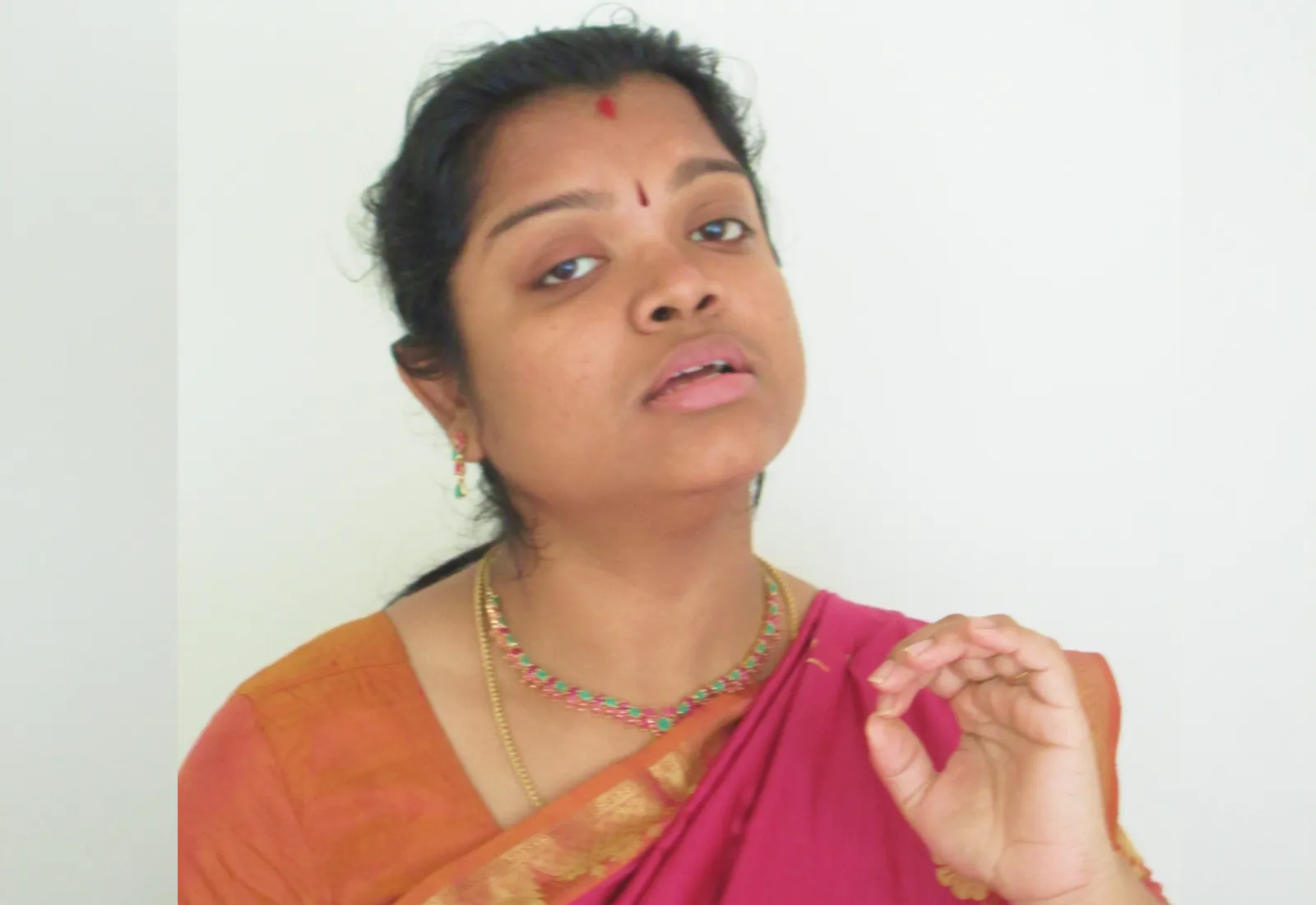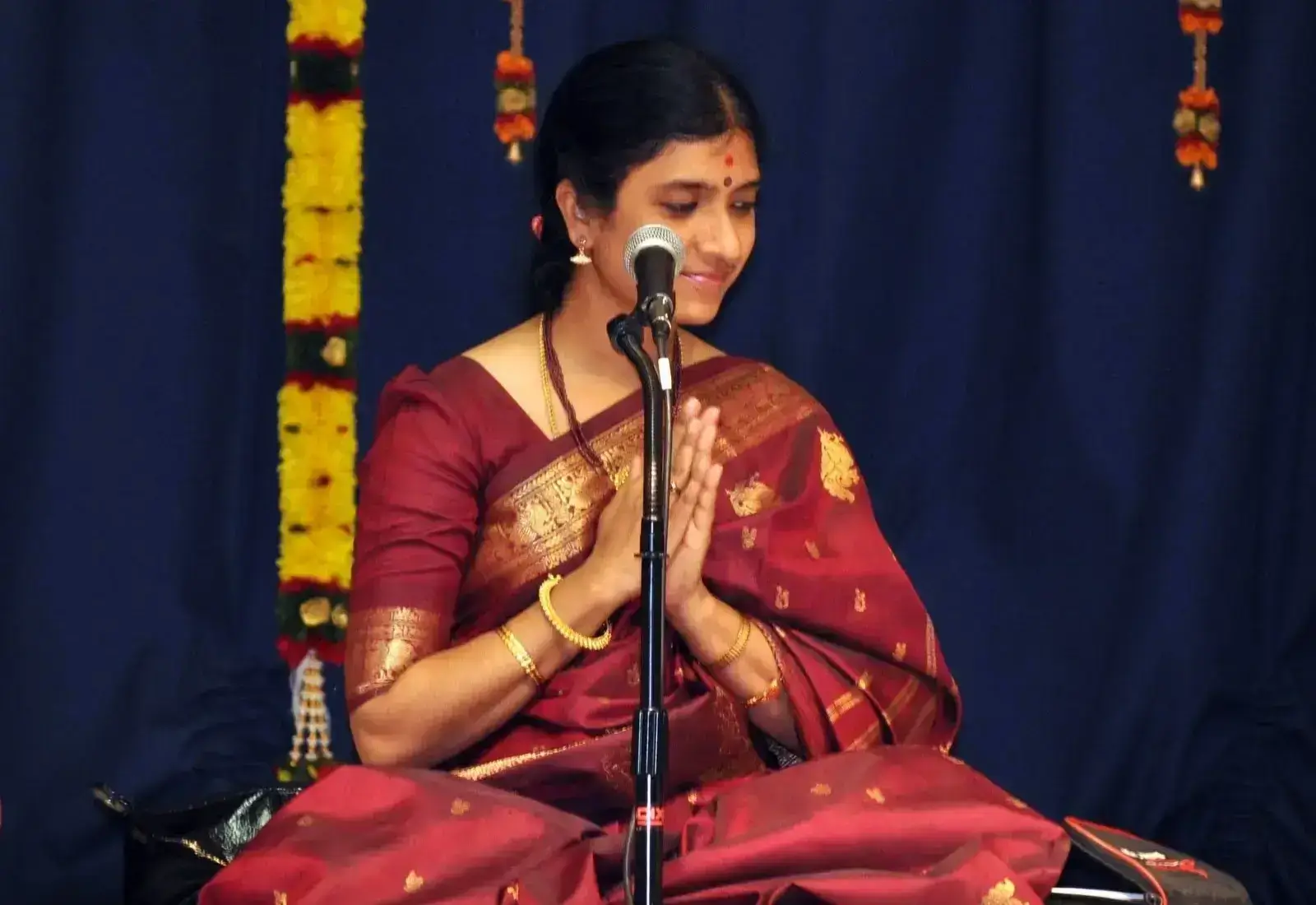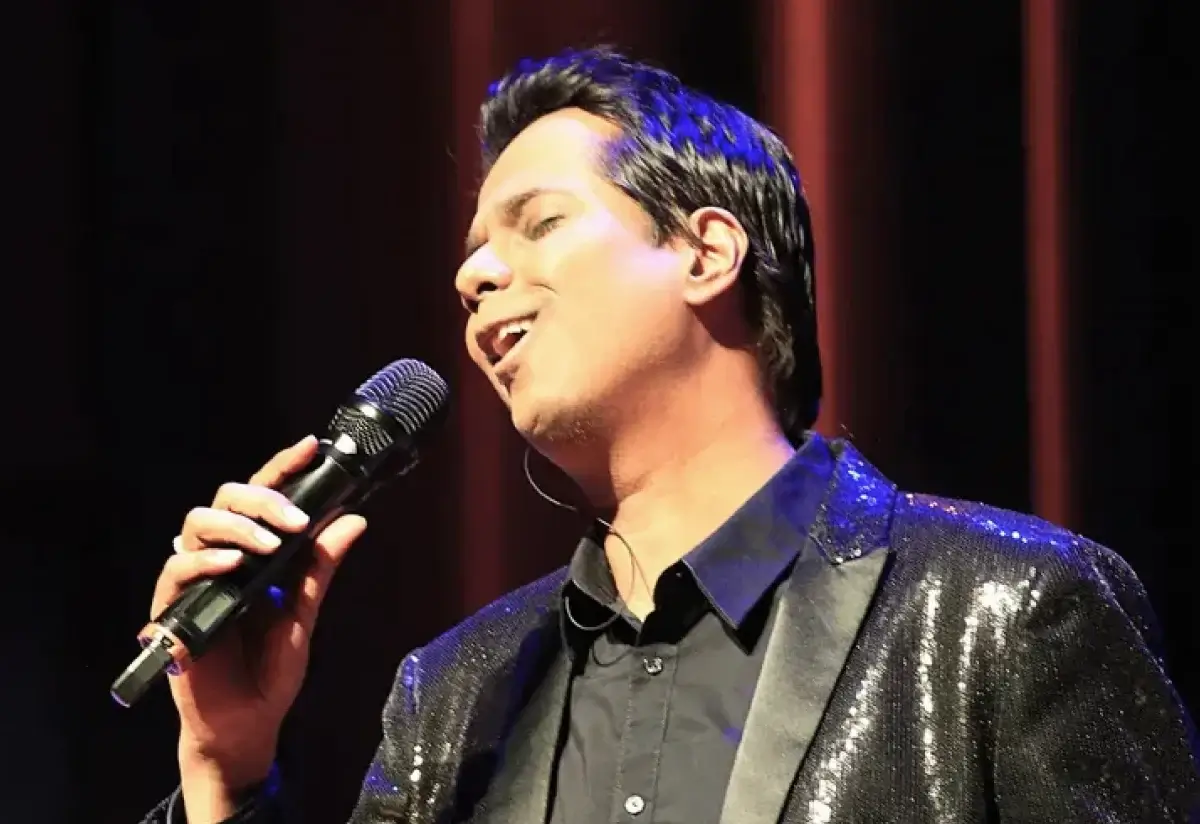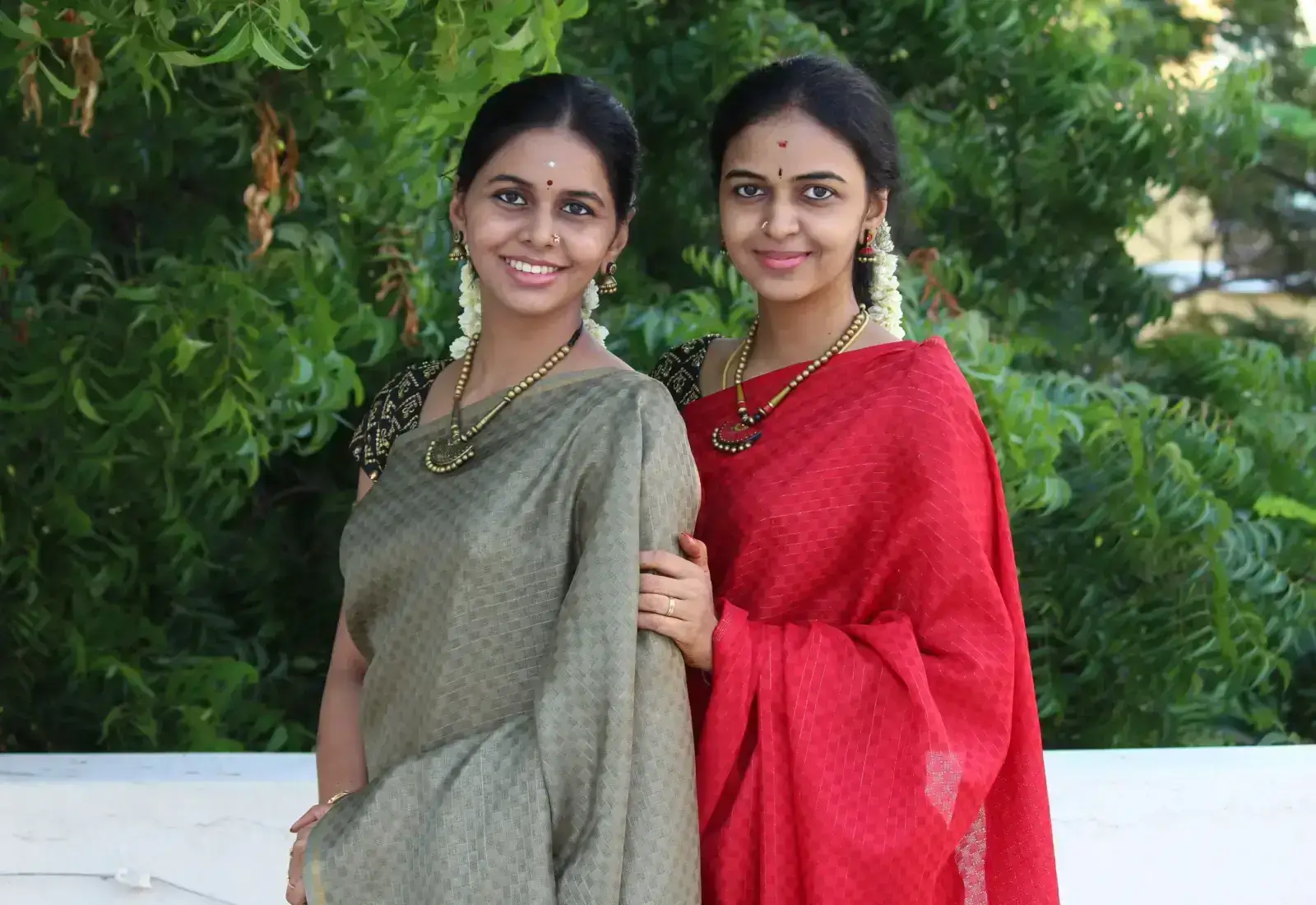10 Best Carnatic Music Instruments
Carnatic music is one of the oldest forms of Indian music. It is highly regarded for its unique style in both - vocal rendition and instrumental music. The key defining elements of Carnatic music include Nada, Gamaka, and Shruti.
Nada emphasizes the spiritual and meditative aspect of Carnatic music. Gamaka refers to the various types of ornamentations applied to notes (swaras) in a raga. It adds depth, emotion, and beauty to the music. Shrutis are microtones. These are more subtle and require a highly evolved musical acumen and ears.
These nuances necessitates certain types of instruments that can complement the unique style of Carnatic music. A select few instruments feature as an accompanying staple at every Carnatic music recital.
List of 10 Major Instruments Used in Carnatic Music
1. Veena
2. Mridangam
3. Violin
4. Tambura
5. Ghatam
6. Kanjira
7. Morsing
8. Flute
9. Nadaswaram
10. Thavil
The selection of instruments in Carnatic classical music is deeply rooted in the tradition’s aesthetic, cultural, and practical requirements. Each instrument plays a specific role in preserving and enhancing the characteristics of the music. Here’s why each of the mentioned instruments is integral to Carnatic classical music:
1. Veena
The veena (or vina) is a plucked string instrument and one of the oldest and most revered instruments in Indian classical music.
The traditional veena has a large, resonant body with a long, hollow neck. It typically has seven strings—four main strings for melody and three side strings (known as tala strings) for rhythmic accompaniment. The veena is known for its deep, resonant tone and the ability to produce complex gamakas (ornamentations).
The veena is often associated with the goddess Saraswati, the Hindu goddess of knowledge and arts. It is considered a symbol of the Carnatic tradition. Playing the veena requires great skill. It involves intricate finger techniques and the ability to produce microtonal variations.
The veena’s ability to produce intricate gamakas (ornamentations) makes it an ideal instrument for expressing the subtleties of ragas. Its rich, resonant sound can faithfully convey the microtonal variations essential in Carnatic music.
The veena can function as a solo instrument, providing both melody and rhythm through its main and tala strings. This makes it versatile and capable of presenting a full musical experience.
2. Mridangam
The mridangam is a double-headed drum and the primary percussion instrument in Carnatic music.
The mridangam has a barrel-shaped wooden body with heads on both sides made from animal skin. The right head is smaller and produces higher-pitched sounds, while the left head is larger and produces deeper tones. The mridangam is played with both hands, with various strokes producing a wide range of rhythmic patterns.
The mridangam is the primary percussion instrument in Carnatic music, providing the tala (rhythmic cycle) that underpins the entire performance. It also plays a role in enhancing the emotional and dynamic aspects of the music through its rhythmic improvisations, known as "kanakku" or "solkattu."
The mridangam can produce a wide range of tones and dynamics, from deep bass to sharp, crisp sounds, allowing it to complement the melody and add depth to the performance. Its ability to interact with the melodic line enhances the overall musical dialogue.
The mridangam has been an integral part of Carnatic music for centuries, with a well-established pedagogical tradition that emphasizes both technical skill and the understanding of rhythm in the Carnatic context.
3. Violin
The violin, a bowed string instrument of Western origin, was adapted into Carnatic music and has become an integral part of the tradition.
In Carnatic music, the violin is played in a sitting position, with the instrument placed between the chest and the ankle of the right foot. The violin is tuned differently from its Western counterpart, typically to the tonic and the fifth of the raga being performed. It can produce a wide range of gamakas, making it highly expressive in the Carnatic context.
The violin is used both as a solo instrument and as an accompaniment to vocalists. Its ability to closely mimic the human voice and execute complex gamakas has made it an indispensable part of Carnatic concerts.
The violin was adapted to Carnatic music despite its Western origin because of its ability to produce continuous tones and gamakas, closely mimicking the human voice.
The violin’s ability to execute complex ornamentations and microtonal variations makes it a perfect fit for Carnatic ragas. Its bowing technique allows for smooth, flowing melodic lines, which are essential in this music.
The violin blends well with both vocal and instrumental performances, making it a versatile accompaniment instrument as well as a capable solo performer.
4. Tambura (Tanpura)
The tambura, also known as the tanpura, is a long-necked string instrument that provides a continuous drone in Indian classical music.
The tambura typically has four or five strings, which are tuned to the tonic (Sa) and the fifth (Pa) or sometimes the fourth (Ma) of the raga being performed. The strings are plucked in a continuous loop, creating a harmonic drone that underpins the melody.
The tambura is essential in Carnatic music for establishing and maintaining the tonal base for the performance. It provides a sonic backdrop that supports the vocalist or instrumentalist, ensuring the pitch is maintained throughout the concert.
The tambura provides a continuous drone that establishes the tonic (Sa) and the fifth (Pa or Ma) of the raga. This drone serves as a reference pitch for the performer and ensures the correct tuning throughout the performance.
The tambura’s steady, harmonic sound creates a serene atmosphere, helping both the musician and the audience to focus and attune to the mood of the raga.
The tambura has been a staple in Indian classical music for centuries, and its role in maintaining the tonal center is indispensable in both solo and ensemble settings.
5. Ghatam
The ghatam is a percussion instrument made of clay and is one of the oldest instruments used in Carnatic music.
The ghatam is shaped like a pot and is made from a special clay mixture. It is played with the fingers, thumbs, palms, and heels of the hands, producing a variety of sounds depending on where and how it is struck. Some players also press the mouth of the ghatam against their stomachs to create different pitches.
The ghatam is often used in conjunction with the mridangam, adding a unique tonal quality to the rhythmic ensemble. It is highly valued for its versatility and the rich variety of sounds it can produce.
The ghatam adds a distinct tonal quality to the percussion ensemble with its earthy, resonant sound. Its tonal variety complements the mridangam and kanjira, enriching the rhythmic texture of Carnatic music.
As a traditional South Indian instrument made from clay, the ghatam reflects the indigenous culture and craftsmanship of the region. Its inclusion in Carnatic music symbolizes a connection to the earth and the natural world.
The ghatam’s ability to produce different sounds by striking different areas of the pot and modulating the pitch with the hands adds complexity and excitement to the rhythmic patterns in Carnatic music.
Also read - List of Ragas in Carnatic Music
6. Kanjira
The kanjira is a small frame drum, similar to a tambourine, used in Carnatic music.
The kanjira has a wooden frame with a single skin head and one or two pairs of jingles. It is played with the fingers, and the pitch can be altered by pressing the head to tighten or loosen it. Despite its small size, the kanjira can produce a wide range of sounds, from deep bass tones to sharp, high-pitched slaps.
The kanjira is often used in percussion ensembles along with the mridangam and ghatam. It adds rhythmic variety and is especially popular in fast-paced sections of Carnatic compositions.
The kanjira is small, portable, and capable of producing a wide range of sounds, from deep bass to sharp slaps. Its flexibility makes it an ideal instrument for adding rhythmic accents and dynamic variations in Carnatic performances.
The kanjira often accompanies the mridangam, providing additional layers of rhythmic complexity. Its distinctive sound adds texture and sharpness to the percussion section, enhancing the overall rhythmic experience.
Made from natural materials, the kanjira reflects the traditional craftsmanship of South India, linking the instrument to the cultural heritage of the region.
7. Morsing
The morsing is a type of jaw harp used in Carnatic classical music, producing a distinctive buzzing sound.
The morsing consists of a metal frame with a flexible metal tongue in the center. The player holds the frame against their teeth and plucks the metal tongue with their finger, while modulating the sound by varying the shape of their mouth and breathing techniques.
The morsing is used as an accompanying instrument, often played alongside the mridangam and ghatam. It adds a rhythmic texture and complements the complex patterns of the main percussion instruments.
The morsing’s distinctive buzzing sound adds a unique layer to the rhythmic ensemble of Carnatic music. It provides a contrast to the deeper tones of the mridangam and ghatam, enriching the overall sound palette.
The morsing often mirrors the rhythmic patterns played by the mridangam, adding a subtle yet noticeable texture to the rhythm. Its ability to create rhythmic patterns with varying timbres makes it an essential part of the percussion ensemble.
The morsing’s inclusion in Carnatic music reflects the tradition’s openness to incorporating diverse instruments, each contributing to the overall complexity and richness of the music.
8. Flute (Venu)
The flute, or venu, is a bamboo wind instrument traditionally used in Carnatic music.
The venu is typically a side-blown flute with eight finger holes. It produces a sweet, mellow sound and is capable of executing the intricate gamakas that are a hallmark of Carnatic music. The tuning of the flute can vary depending on the raga being performed.
The venu is used as a solo instrument and also, as an accompaniment to vocal music. It is particularly valued for its ability to produce expressive, fluid phrases that mimic the nuances of human voice.
The flute’s ability to produce a continuous, flowing sound makes it ideal for executing the intricate gamakas and microtonal variations that characterize Carnatic ragas. Its expressive capacity is similar to that of the human voice, which is central to the Carnatic tradition.
9. Nadaswaram
The nadaswaram is a double-reed wind instrument, similar to the Western oboe, and is one of the loudest acoustic instruments in the world.
The nadaswaram is made of wood and has a long, conical shape. It has seven finger holes and is known for its powerful, penetrating sound. It is often accompanied by the thavil, a barrel-shaped drum.
The nadaswaram is traditionally used in temple ceremonies and religious processions, as well as in Carnatic concerts. Its strong, resonant sound makes it suitable for outdoor performances and large gatherings.
The nadaswaram’s powerful, resonant sound makes it suitable for outdoor performances and large gatherings, including temple festivals and religious ceremonies. Its ability to carry sound over long distances has made it a preferred instrument for processions and public events.
Despite its loudness, the nadaswaram is capable of producing int////////ricate melodic phrases and gamakas, making it a versatile instrument in the Carnatic repertoire.
10. Thavil
The thavil is a double-headed drum that is traditionally used to accompany the nadaswaram.
The thavil has a cylindrical wooden body, with one head producing a higher-pitched sound and the other a lower-pitched sound. It is played with sticks on one side and the fingers of the other hand on the other side, producing a dynamic range of sounds.
The thavil is an essential component of temple music and folk traditions in South India. It provides the rhythmic foundation for nadaswaram performances. Its loud and dynamic tones complement the nadaswaram, creating a balanced and harmonious performance.Its inclusion in Carnatic music highlights the tradition’s connection to its cultural and religious roots.
The thavil’s playing technique, which involves using sticks and hands to produce a variety of tones, adds a layer of rhythmic complexity to the music. Its dynamic range allows it to support and enhance the melodic flow of the nadaswaram.
Final Thoughts on Carnatic Music Instruments
Each of these instruments has been carefully selected and perfected over centuries to meet the aesthetic and cultural demands of Carnatic music. Together, they create a symphony of sound that is both intricate and profoundly moving, allowing Carnatic music to maintain its revered status as a timeless art form. Whether through solo performances or intricate ensembles, these instruments contribute to the evolution of Carnatic music, ensuring its beauty and complexity are experienced by generations to come.
Do you want to explore the rich traditional sounds of Carnatic music instruments? Does the earthy sounds of Ghatam and Kanjira entice you? Or are you intrigues to know how Carnatic Ragas find expression on an western musical instrument like violin? Do you want to learn any of these instruments? Then you could explore online music courses.


